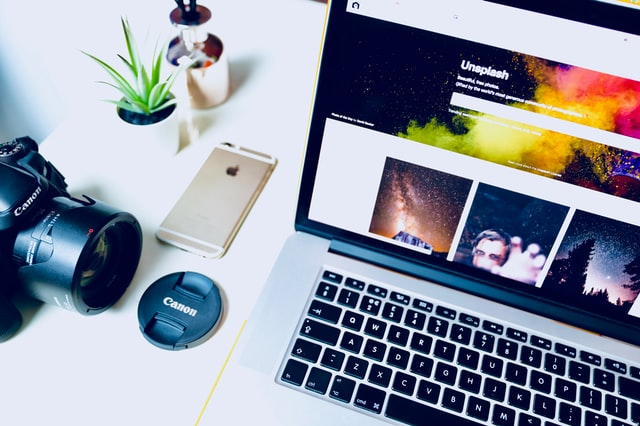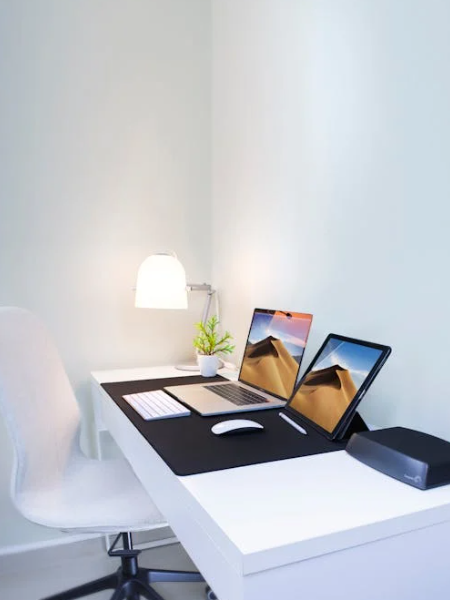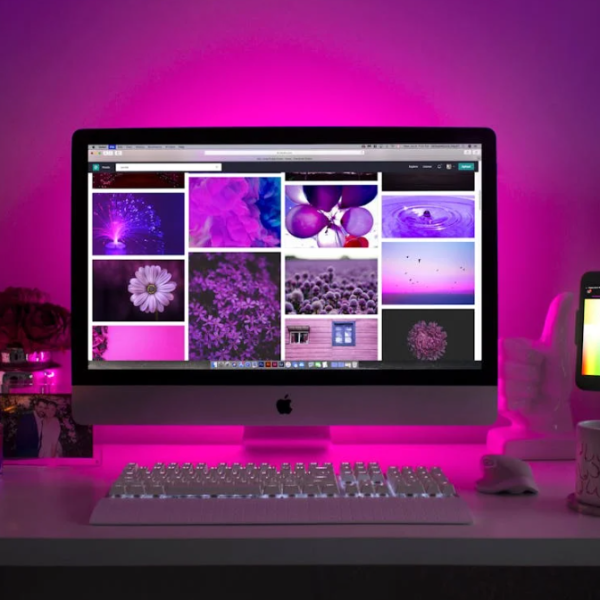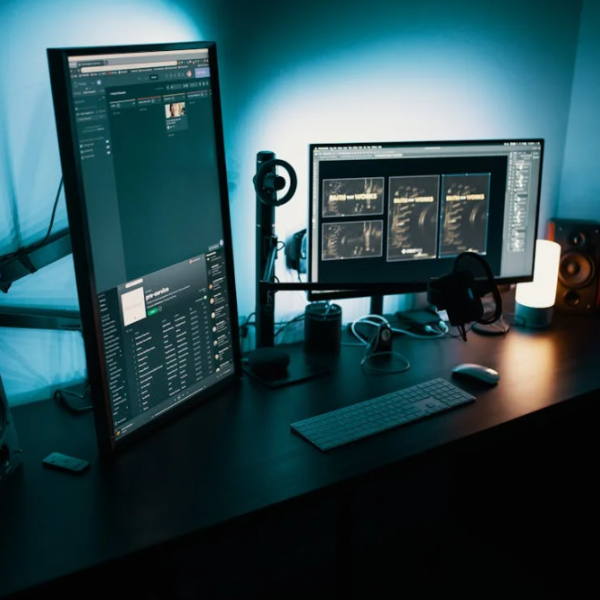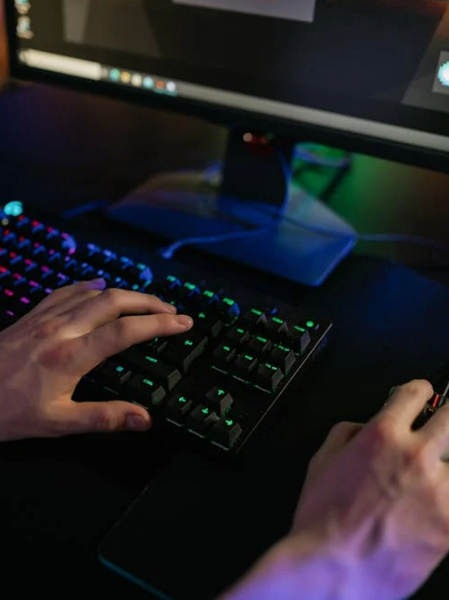You might not be aware, but the font choices you make for your blog can significantly impact how many people engage with your content. The number of people engaging with your content can make a substantial difference in whether a post becomes widely popular.
How significant is this impact? According to some sources I’ve come across, a simple mistake with colors alone could potentially reduce your readership by a factor of five. Even if you’re not making that particular mistake, there’s a good chance you might be making at least one of the other four common ones. In this article, I’ll share the five most crucial best practices for text presentation to ensure your readers stay engrossed in your content rather than reaching for the back button.

Font size—16px minimum
One of the main problems with reading on websites is that the text is often too small. A long time ago, in 2005, a guy named Jakob Nielsen did a study about website design problems. In this study, he found that people’s biggest issue was that the text was too small. Nearly twice as many people complained about small text compared to the next problem on the list.
Unfortunately, this problem hasn’t gone away. If we look at some of the latest blog designs on a website called SiteInspire (which shows off cool website designs), we see that the average font size for the main text is really small, about 12 pixels. Some are even tinier, going down to 10 pixels, and none go above 14 pixels. Even if we check out popular themes from Elegant Themes or ThemeForest, we’ll see that they also stick with these small font sizes.
But there’s an expert in making websites easy to use and read named Oliver Reichenstein, and he tells us that 16 pixels is the font size that web browsers are supposed to show as a default. And 16 pixels isn’t even big. It looks about as big as a 12-point font in a book. Many people, especially those over 40, have a tough time reading smaller text. This 16-pixel size is the size most people find comfortable reading.
Use dark-on-light text—reversed is no good
Thankfully, we’ve mostly left behind the days when people used strange color combinations for text, like fuchsia on blue. However, using white text on a black or dark background is still quite common. This can make it hard for people to read and understand your content because it strains their eyes. Staring at white text on a dark background for a while can make it seem too bright. Depending on the studies you look at, this text style can reduce the number of people who read your content by 50% to 400%.
Why take the risk of losing so many readers? Using black or very dark gray text on a white background looks clean and is easier to read. Plus, there are many great themes that use these colors.
Line width—45 to 75 characters
Many blogs don’t follow this lesser-known rule. To make it easy for your eyes to move from one line to the next, you should aim for about 75 characters in each line. This is called the “line measure.” If the measure goes beyond 75 characters, it becomes hard to smoothly go from one line to the next without losing your place.
On the other hand, if you have fewer than 45 characters in each line, your eyes can get tired quickly. You start reading one line, but then you have to jump to the next one almost immediately. It feels like you never get a chance to take a break.
So, the best text area for your blog post should have lines of text that are around 60 characters long. But you also need to think about how it looks. Following the “ideal” measure on some blogs can leave too much empty space on the right side or make the text look too squeezed together. For that reason, I use a measure of around 70 characters on my own website. However, if you go past 80 characters, you’ll definitely reduce the number of readers.
Line height—130% or more
This mistake is not so common, especially if you’re using a good theme. But let me explain it in a simple way. When you’re reading text, the space between the lines matters.
For example, in this paragraph, the lines are very close together. It makes the text feel crowded and not so nice to read. It’s also hard to follow from one line to the next because they all blend together.
On the other hand, in this paragraph, there’s a lot of space between the lines, like double spacing in a word processor. But it feels like the lines are too far apart, and it’s not a good choice for most writing unless you’re working on a research paper.
Now, in this paragraph, the space between the lines is just right. For every pixel of text size, there’s one and a half pixels of space between the lines. This is a good balance for most fonts you’ll use on a blog. But you can also try different spacings, between about 130% and 160%, to see what looks best for your content.

